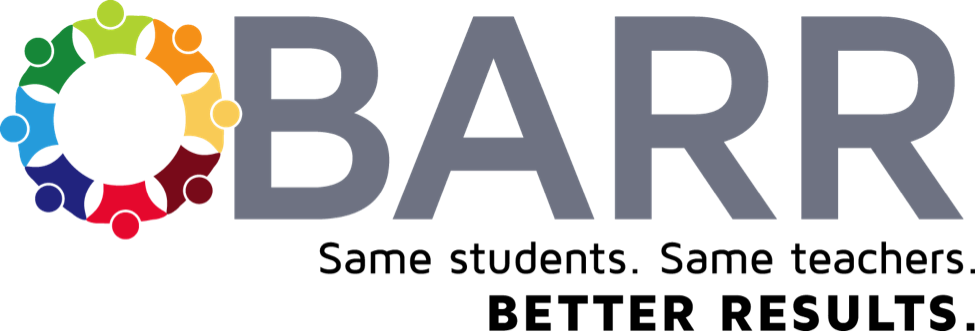Every day we see strategies that are working and delivering results in a rapidly changing world. This Evidence in Action blog series highlights the voices of social innovation organizations to highlight effective interventions in communities across the country and evidence-based policy and practice leaders to elevate both the results-driven solutions being advanced to help solve our most pressing social problems and to describe the evidence-based federal programs that are critical to developing and scaling effective human and social services. Today we hear from America Forward network partner, BARR Center, about its model which helps educators better connect with their students.

In 1998, Angela Jerabek was a ninth-grade school counselor frustrated by the stubbornly high failure rates of her students at St. Louis Park High School in Minnesota. She knew something had to change. So she quietly began researching and developing an innovative new school support model, and soon St. Louis Park began to implement, incubate, and perfect the Building Assets, Reducing Risks system known as BARR. In the two decades since, BARR has quietly become one of the most consistently-proven school improvement models in the country, working in schools big and small, urban and rural; schools in need of turnaround and those ready to make the leap from good to great.
BARR is rooted in the belief that growth is possible and within reach for every school, with the same teachers and the same students. The BARR model uses eight interlocking strategies that facilitate real, meaningful relationships between adults and students. Guided by those relationships and real-time data, BARR educators are able to intervene with students at the right time, based on each student’s individual strengths and needs, to keep them on track.
The initial results at St. Louis Park High School were powerful, including raised math and reading scores and graduation rates; closed gaps in opportunity between white and non-white students; reduced absences and suspensions; and stronger culture, with happier, more engaged students and teachers. But Jerabek knew that the frustratingly high ninth grade failures she faced at a St. Louis Park weren’t unique, and she began working to find ways to test the model’s ability to improve results in all schools.
In 2010, BARR was awarded a prestigious Department of Education Investing in Innovation (i3) Development grant to expand and conduct a within-school randomized controlled trial (RCT) that demonstrated the model’s success at improving student grade point averages, failure rates, and standardized test scores. This evidence allowed BARR to pursue and win an i3 Validation grant in 2013, providing funds to expand the network to an additional 35 schools and conduct another 11 RCTs to evaluate the model’s ability to improve student outcomes in a variety of school settings. In 2015, BARR was awarded the i3 Scale-up grant to expand to an additional 116 high schools across the country.
BARR is the first and only school-improvement intervention to successfully climb the three tiers of evidence required under i3, moving from Development (promising) to Validation (moderate level of evidence) to Scale-up (strong level of evidence).
From the beginning, Jerabek and the BARR team had an unwavering focus on evidence, choosing the most rigorous design, a within-school randomized controlled trial, to test the model. They partnered with respected independent evaluators, the American Institute of Research and Abt Associates, and met the highest evidence standards of the federal What Works Clearinghouse in three studies, showing increased test scores and course credits. The model also meets the definition of “strong evidence” as included in the Every Student Succeeds Act (ESSA) that will guide state and school district implementation of improvement interventions.
Schools have waited long enough for a model that is proven to work, and BARR has the evidence. The model has a 19-year track record of student success, paired with improved job satisfaction among teachers, and has been proven to drive significant improvements in course credits earned, grade point averages, and standardized test scores; narrowed opportunity gaps; and decreases in failure rates, suspensions, and absenteeism. BARR has demonstrated results in schools big and small, urban, rural, and suburban, underserved and fully resourced. It has made an impact in schools that need a full turnaround and schools that want to go from good to great.
BARR has climbed the ladder of evidence and is poised to change the education landscape in our country.
To find out more about the BARR model visit www.barrcenter.org and follow @barrcenter for the latest news on their growing network.
Leave a Reply
You must be logged in to post a comment.